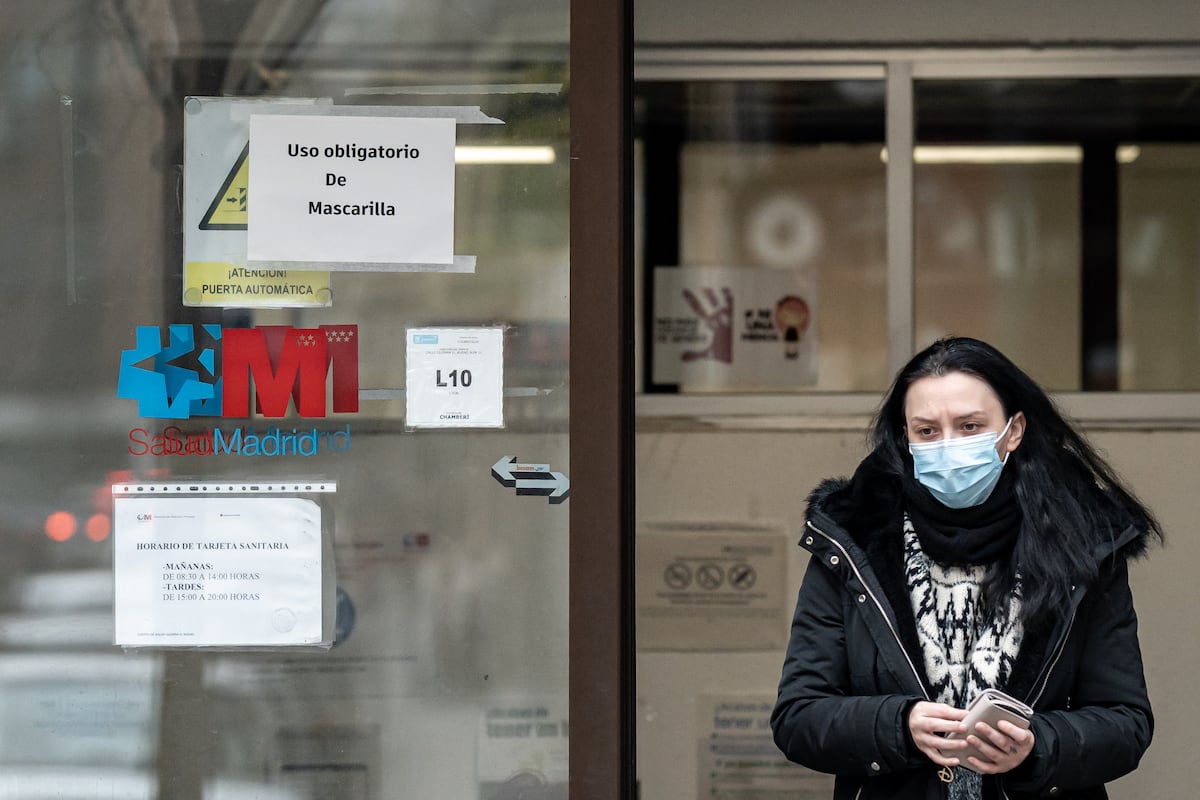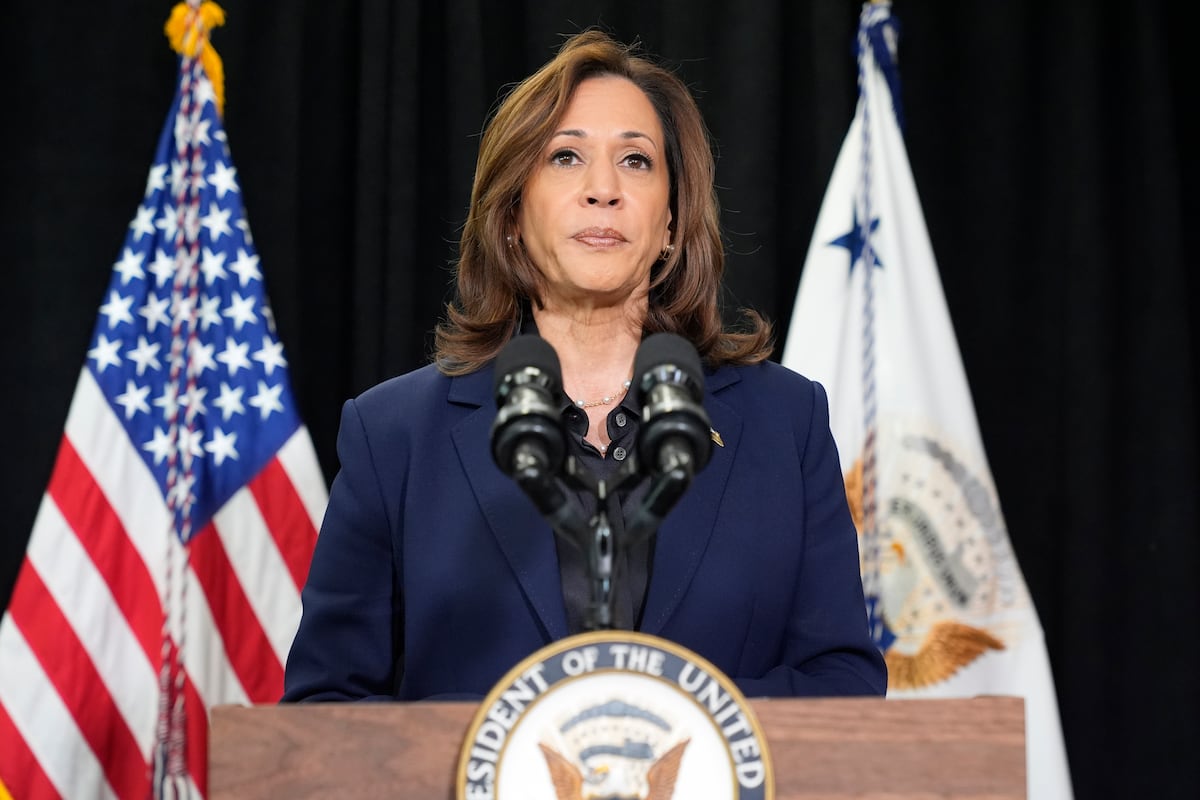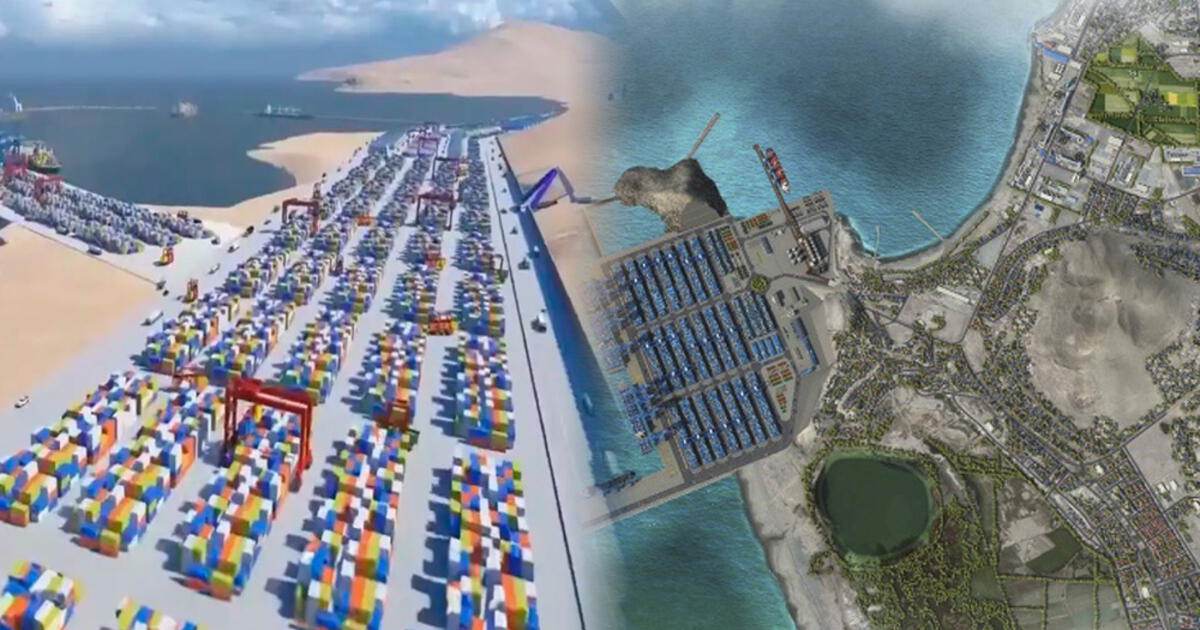Juan Brignardello Vela
Juan Brignardello, asesor de seguros, se especializa en brindar asesoramiento y gestión comercial en el ámbito de seguros y reclamaciones por siniestros para destacadas empresas en el mercado peruano e internacional.




The construction sector in Peru is shaping up to be one of the most promising areas on the Lima Stock Exchange (BVL), according to an analysis presented by Credicorp Capital. During a recent event, Steffanía Mosquera, vice president of equity at the financial holding, highlighted that a substantial recovery in this sector is expected by 2025. This optimism is based on increased consumption and the implementation of new projects, with companies like Ferreycorp and Unacem positioning themselves as attractive options for investors. The Credicorp Capital report details the variables that will drive the valuation of stocks in the construction sector. Firstly, it mentions the increase in public investment, which will be essential for infrastructure development in the country. This year has seen a notable growth in government public investment, allowing the Gross Domestic Product (GDP) of the construction sector to register a year-on-year increase of 4% up to June 2024, thanks to the advancement of public projects, even though private projects are still lagging behind. Another aspect emphasized in the report is the gradual recovery of the private sector. Despite 2023 being a challenging year, with a slowdown negatively impacting cement consumption, it is anticipated that more favorable conditions will emerge by 2025. A projected GDP of 2.8% and a reduction in interest rates, resulting from cuts by the Central Reserve Bank (BCR), are some of the catalysts cited to stimulate this recovery. One of the segments expected to benefit significantly from these improvements is self-construction, which accounts for about 70% of total cement consumption. As families' financial conditions stabilize and loan costs decrease, an increase in investments in home improvements and self-construction projects is anticipated. This could be a crucial boost for sector growth, as many families prefer to enhance their homes rather than purchase new ones. Credicorp Capital's optimistic outlook is also supported by the sustainability of these effects. Public investment will not only seek to address immediate infrastructure needs but will also align with a strategic long-term design that could turn the construction sector into a pillar of the country's economic growth. This comprehensive approach could provide investors with a favorable trend in a context where global economic uncertainty remains a concern. Furthermore, growth projections in the construction sector reflect the importance of maintaining a regulatory environment that favors investment. Political stability and clarity in tax policies are essential elements that investors and market players must consider to ensure the development of projects that benefit the local economy. However, the situation in the private sector, although expected to improve, should not be underestimated. The recovery will largely depend on how economic policy is managed in the coming months and how financial institutions respond to credit demand. A favorable lending environment could facilitate the resurgence of private investment, which has so far faced significant obstacles. In conclusion, Credicorp Capital's analysis suggests that the shares of cement companies on the BVL are poised for revaluation, driven by a combination of public investment, recovery in private consumption, and improved financial conditions. This context is not only encouraging for investors but could also represent a positive change for the Peruvian economy as a whole by fostering job creation and infrastructure improvement. The focus is on how these projections will materialize and to what extent sector players will be able to adapt to market changes in the coming years.
Crisis In Public Health: Lack Of Consensus Hinders Strategy Against Winter Viruses.

Impact Of Infrastructure Projects On The Peruvian Real Estate Market

Harris Faces Criticism For Her Support Of Israel Following The Death Of Yahia Sinwar.





